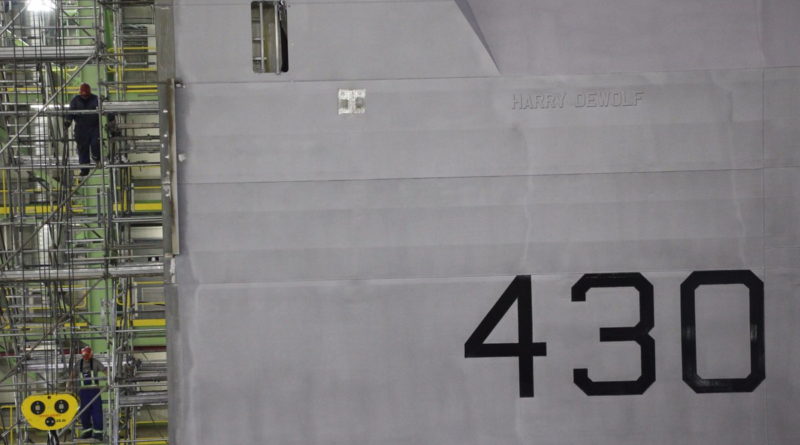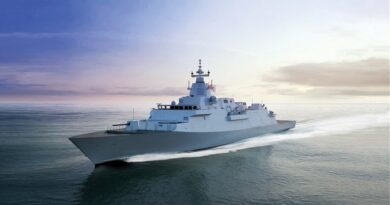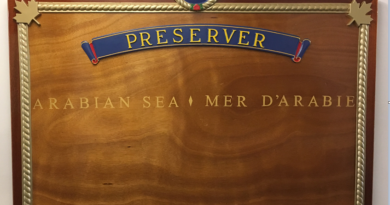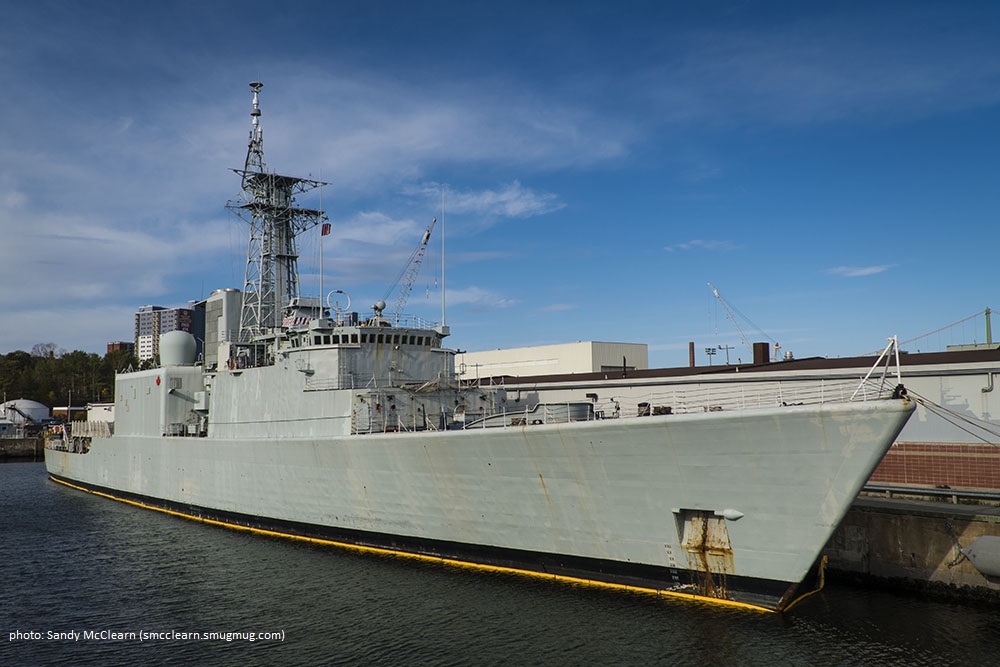RCN Ship Pennant Numbers
When two warships first sight each other at sea, it can be difficult for them to identify each other, particularly if one or both come from a class of many ships. A ship of a class can at a distance look like any other ship of the class. To aid identification, each ship of the Royal Canadian Navy (RCN) and allied navies is assigned a unique number called a ‘pennant number.1’ At first sighting each other, ships can hoist flag signals comprising pennant flags representing usually the last numeral but possibly more of each ship’s number, preceded by a pennant indicating the ship type. For example, frigate HMCS Vancouver (FFH 331) would hoist F1, and destroyer HMCS Iroquois (DDH 280) would hoist D0.
Generally, the type of RCN ship is evident in the pennant number:
single or double digits – major combatants, training craft, small auxiliary vessels, old submarines
100-series – corvettes, old mine warfare vessels
200-series – destroyers
300-series – frigates
400-series – ocean patrol vessels
500-series – auxiliary support vessels
600-series – port services vessels2
700-series – coastal patrol vessels, new mine warfare vessels
800-series – new submarines
In some other navies such as the US Navy and at times, especially colloquially, in Canada the identifying number is called a ‘hull number.’ Whatever the number is called, navies paint it on the ship’s hull sides and transom. In the RCN the appearance and size of the numerals are detailed in the ship’s drawings. (Ship modellers have created a RCN True Type Font that looks like the numerals and letters in ship drawings.)
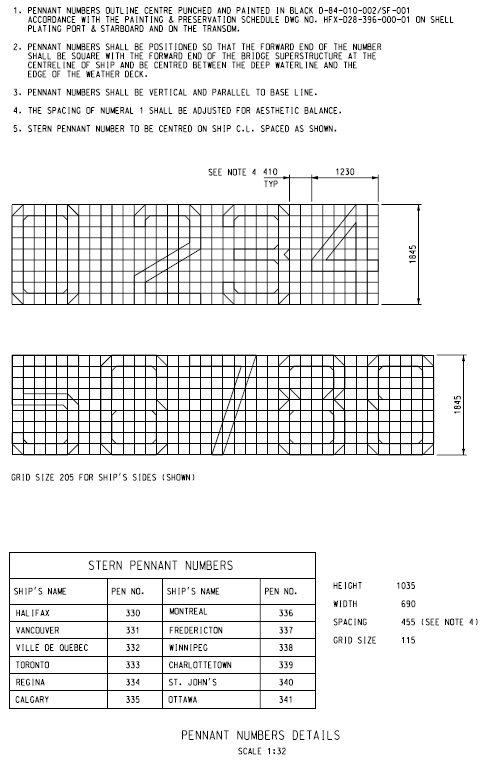
In most navies, the pennant or hull number is unique to a ship in active service. It is Canadian practice not to place a hyphen between the ship’s type and number, e.g., HMCS Harry DeWolf (AOPV 430). In the US Navy, a number may be in use by several ships of different types at the same time and it is US practice to state the ship type and number connected with a hyphen. There was a period in the US Navy when there were US Ships Thomas S. Gates (CG-51), Arleigh Burke (DDG-51) and Gary (FFG-51). Most western allied navies list their numbers in a common communications publication3, in which numbers are known as ‘visual callsigns,’ to ensure that no two ships of the navies are assigned the same number. Canada does not participate in that system. The allied navies include a type letter with the number painted on the ship. Whilst most of the letters obviously indicate a ship type, e.g., P for patrol and L for landing or amphibious, some do not, e.g., R for aircraft carrier.
Notes: 1. Sometimes, usually historically, known as pendant number.
2. Port services vessels do not necessarily follow the naval system. Some have single digits and some 500-series numbers.
3. ACP 113 Call Sign Book For Ships

